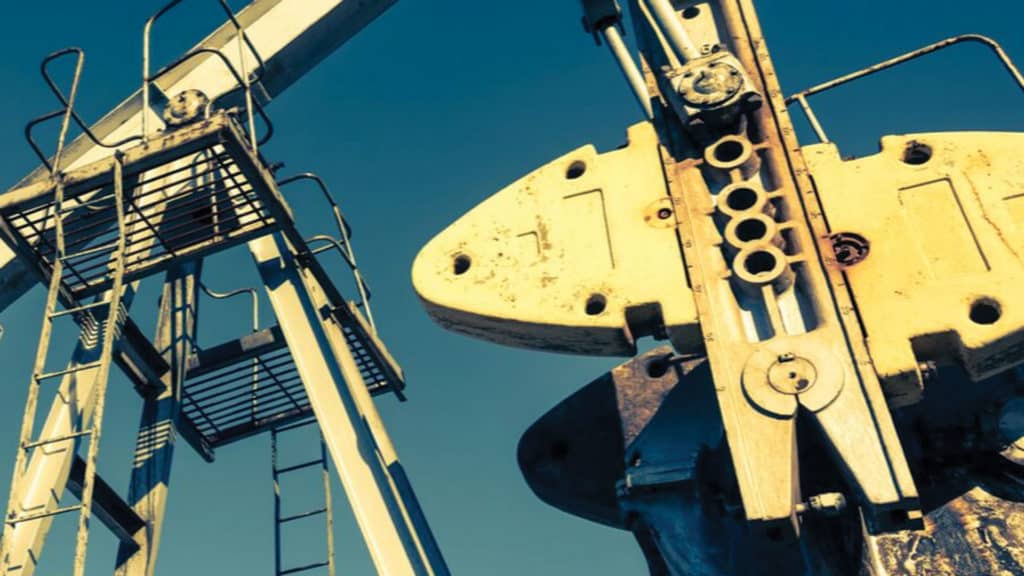4 Ways to Avoid Well Downtime and Lost Production

There are about 9,000 independent oil & gas producers in the United States according to the Independent Petroleum Association of America (IPAA). That makes for about 9,000 different use cases for well production software.
All producers share a common need to monitor and optimize well performance, yet production monitoring strategy and priorities depend on many factors. Regulatory requirements across the 33 states where oil & gas is produced, the unique characteristics for hundreds of fields and reservoirs, and economic conditions are just a few. When it comes to monitoring oil & gas wells, a flexible approach is key.
Independents with information technology (IT) departments (and the budgets to support IT projects) often develop home grown well production software solutions to fit their production tracking needs or purchase expensive well production software that requires heavy customization. Most independent producers are small businesses though, with limited budgets for well monitoring technology and production systems.
Well Production Software for Smaller Independents
Affordable, cloud-based well production software has leveled the playing field, finally giving smaller independents access to tools that can track and optimize their operations. Such software gives operators out-of-the-box reports and the flexibility they need to track their wells in the way that makes most sense to their business.
Given the current oil & gas price environment, maintaining production output with minimal cost to replace reserves is a priority for many independents. As a result, operators are keeping an even closer eye on producing wells and proactively managing risks to production, revenue and cash flow. Here are four essential views of production and status that your well production software should provide. It’s a matter of having the right perspective for a specific situation.
#1: Pulse of Production
Keeping track of a well’s most recent production is perhaps the simplest, yet most widely used view of production. A report that shows last production dates for an operator’s wells will reveal whether a well may have unexpectedly stopped producing if current production is out-of-date. If used daily, such reports can help operators respond quickly to down wells and prevent costly repairs.
#2: Tracking Downtime
A well may have stopped producing for a variety of reasons, such as workover, routine maintenance, or equipment failure. Operators who manage a large number of wells may have as many as 20 or 30 wells that are offline at any given time. Generating a downtime report helps operators track problem wells and the reasons why wells are not producing. Even though production may be down, the upshot is increased operational oversight and efficiency.
#3: Lost Oil & Gas Production
In today’s dynamic oil & gas business, producers are focused on every barrel of oil and MCF of gas produced. In the case of planned or unexpected well downtime, an accurate view of lost production is vital for managing budgets and cash flow. Lost production can be estimated in different ways, such as based on prior moving average, and rolled up across down wells, for example, giving a clear view of the impact of production decline on the bottom line.
#4: Shut-in Wells
Every day, operators must make crucial business decisions about wells that have become unprofitable or marginally profitable based on current oil & gas prices. Based on the lifting costs for an area of operation, a producer may decide to shut-in the well until economic conditions improve. Further, lease agreements often require wells produce within a certain time frame, or risk losing the lease. Effective tracking and management of shut-in wells has become important to daily operations where price movement can make a shut-in well profitable again overnight.
W Energy Software’s Well Production Software
As independent producers sustain historical production levels across North America, well production software will remain key to optimize operations and maintain production output. With oil & gas production software designed specifically for independents, W Energy Software is uniquely poised to help producers improve operational efficiency, track field costs, and optimize spending.